The art world has seen some astonishing prices in its history. From Renaissance masterpieces to modern icons, these artworks have been bought and sold for staggering sums. But behind the headlines and mind-bending price tags lie surprising stories, hidden meanings, and controversial histories. Let’s explore these fascinating pieces and unravel some of their most intriguing secrets.
Top 15 Surprising Facts about the Most Expensive Artworks
- The most expensive painting ever sold was Leonardo da Vinci’s ‘Salvator Mundi’.
- A rediscovered painting thought to be a copy turned out to be a real da Vinci.
- One painting’s high price was fueled by a marketing campaign portraying it as the male Mona Lisa.
- The whereabouts of the world’s second most expensive painting remain a mystery.
- Famous artists like Picasso have a huge number of artworks on the most expensive list.
- The same artwork can dramatically fluctuate in value over time.
- Artworks have been used as tools for money laundering.
- Stolen high-value artworks are notoriously difficult to recover.
- Controversial restorations of famous paintings can spark heated debates.
- Tiny details in masterpieces can carry enormous symbolic significance.
- Some of the most expensive artworks were initially dismissed by critics.
- The identities of wealthy art buyers often remain shrouded in secrecy.
- Political and social events can significantly impact the art market.
- Some private collections boast masterpieces that rival museums.
- The value of art lies not only in price but in its cultural and historical importance.
1. A $450 Million Jesus: The Record-Breaking ‘Salvator Mundi’
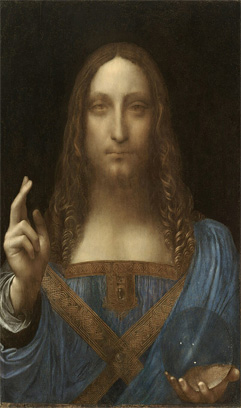
Imagine a painting so expensive that it could buy a private island! That’s the reality of Leonardo da Vinci’s ‘Salvator Mundi,’ which depicts Jesus Christ as the world’s savior. In 2017, it shattered all records by selling for a mind-boggling $450.3 million at a New York auction. This astronomical price tag reflects several factors. First, Leonardo da Vinci is considered one of the greatest artists of all time. His works are incredibly rare, with only around 20 paintings definitively attributed to him. ‘Salvator Mundi’ also has a fascinating history. It was lost for centuries before being rediscovered in the 20th century. After extensive restoration, experts confirmed it was a genuine da Vinci, making it a true artistic treasure.
2. The Fake that Became a Real Fortune: The Story of ‘Salvator Mundi’
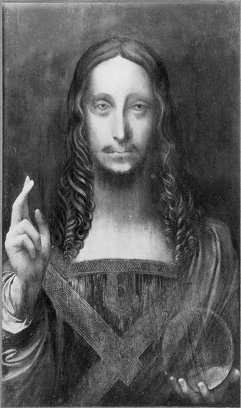
The story of ‘Salvator Mundi’ is stranger than fiction. For many years, the painting was dismissed as a mere copy of a da Vinci work. Covered in grime and with significant damage, it wasn’t until the late 20th century that someone saw its potential. The new owner commissioned a meticulous restoration process, and as layers of dirt and over painting were removed, a true masterpiece began to emerge. Art experts meticulously examined the painting, analyzing details of brushwork, composition, and even the sitter’s fingers. After years of investigation, they reached a thrilling conclusion: ‘Salvator Mundi’ was indeed a genuine Leonardo da Vinci. This revelation transformed the painting from a forgotten copy into a priceless work of art.
3. The “Male Mona Lisa”: A Marketing Masterstroke
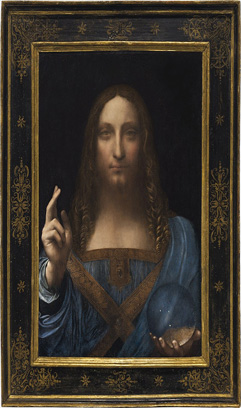
The marketing campaign for ‘Salvator Mundi’ is a fascinating case study in how perception can influence value in the art world. By cleverly positioning the painting as the “male Mona Lisa,” the sellers were drawing a comparison to Leonardo da Vinci’s most famous work, the enigmatic ‘Mona Lisa.’ This comparison linked ‘Salvator Mundi’ to ideas of mystery, genius, and artistic importance. The marketing ploy was highly successful, and it undoubtedly contributed to the astronomical price tag the painting fetched at auction. It highlights the power of storytelling and branding in the art market, where a well-crafted narrative can significantly impact an artwork’s value.
Read More: Top 15 Surprising Facts About Shakespeare’s Plays That Will Blow Your Mind
4. Where in the World? The Enduring Mystery of ‘Interchange’
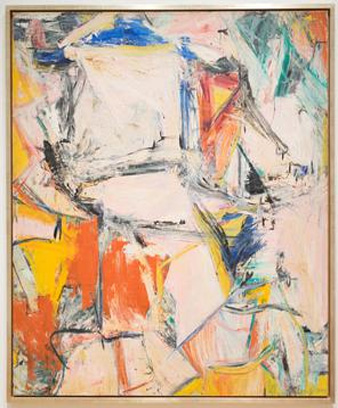
Interchange by Willem de Kooning. Was taken at the Art institute of Chicago.
The second most expensive painting ever sold is ‘Interchange’ by abstract expressionist master Willem de Kooning. However, unlike the now globally famous ‘Salvator Mundi’, no one knows the current whereabouts of this elusive masterpiece. After being sold privately in 2015 for a staggering $300 million, ‘Interchange’ seemingly vanished. Its disappearance has fueled rumors and speculation in the art world, adding another layer of intrigue to the painting’s already fascinating story. The mystery surrounding its location highlights the secretive nature of high-end art dealing and underscores the tantalizing possibility of hidden treasures waiting to be rediscovered.
5. Picasso’s Price Power: The Market King
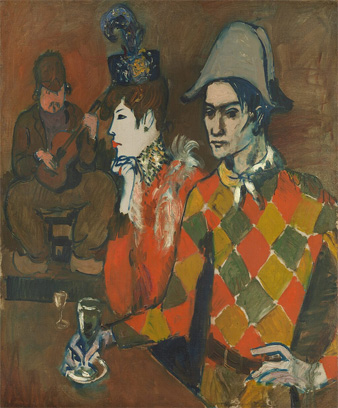
If you think of expensive art, Pablo Picasso is likely one of the first names that come to mind. And for good reason! The prolific artist holds the record for the most appearances on lists of the world’s most expensive artworks. This market dominance is a testament to Picasso’s enduring popularity among collectors. His name is synonymous with groundbreaking artistic innovation. Picasso’s paintings, sculptures, and ceramics represent significant milestones in the history of modern art. His bold style and experimentation continue to captivate audiences, contributing to the consistently high prices his works achieve.
6. Prices Go Up and Down: The Wild Fluctuations of Art Value
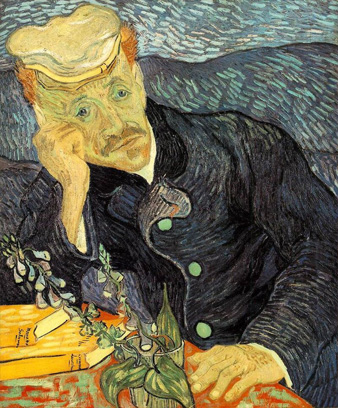
The art market isn’t set in stone – the value of an artwork can change dramatically over time! A perfect example is Vincent van Gogh’s ‘Portrait of Dr. Gachet,’ a poignant depiction of the doctor who treated the artist in his final days. The first time it sold in 1990, it fetched an astounding $82.5 million, setting a new record. However, a few years earlier, the same painting had been sold for a comparatively “modest” $26.4 million! This wild swing demonstrates how shifts in taste, economic conditions, and the discovery of new information can significantly impact how much a piece of art is worth.
Read More: Banned Books: 15 Controversial Classics & Why | Explore the Censored
7. Art as a Shady Tool: Money Laundering in the Art World
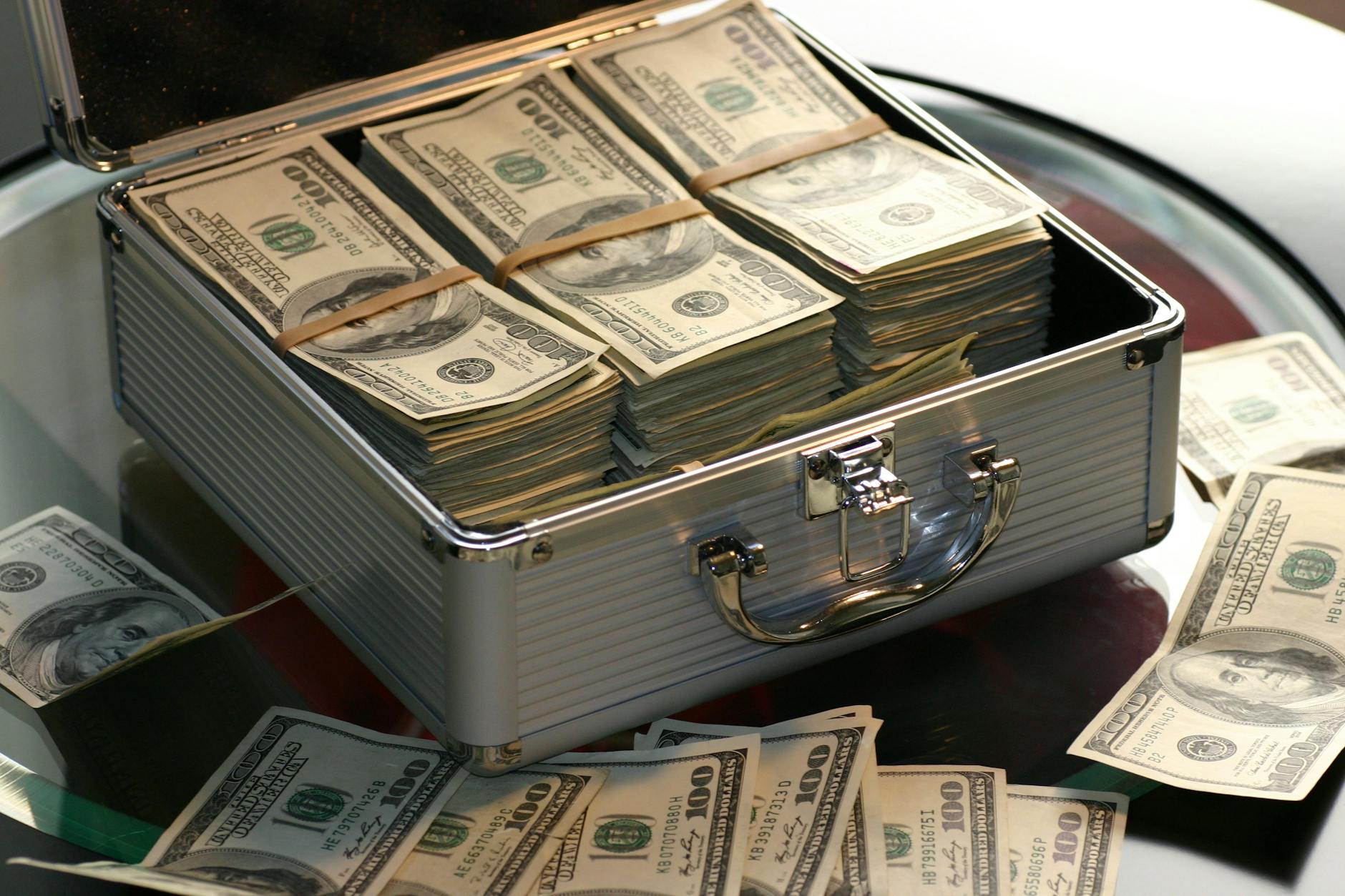
The seemingly glamorous world of art can unfortunately harbor a dark side – money laundering. Criminals sometimes use high-value artworks as a way to hide and move illegal funds. Why art? Well, there’s several reasons. The art market can be opaque, with buyers and sellers often preferring to remain anonymous. That makes it easier to mask the true source of the money used to purchase artworks. Additionally, the subjective nature of art valuation makes it possible to inflate prices or create fake sales, disguising the flow of dirty money. This illicit activity highlights the need for stricter regulations and greater transparency in the art world to combat financial crimes.
8. Stolen Art: Masterpieces Hard to Get Back
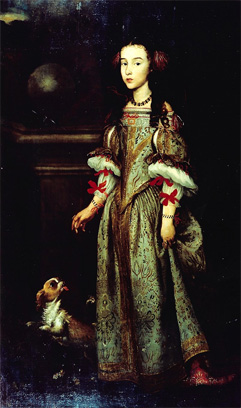
Image Source: wikipedia By Macovksy
Art theft is a serious problem that plagues museums, private collectors, and even places of worship. Famous paintings have been snatched up by daring thieves over the years. However, stolen masterpieces are notoriously difficult to recover. Stolen art can easily cross international borders, making it a global crime that’s complicated to investigate. Moreover, criminals can hide stolen art for years, hoping the attention dies down or even attempting to sell it on the black market with forged documentation. This means that even if a stolen artwork is found, proving rightful ownership can be a lengthy and complex legal battle.
9. Fixing Famous Art is Tricky: The Restoration Debate
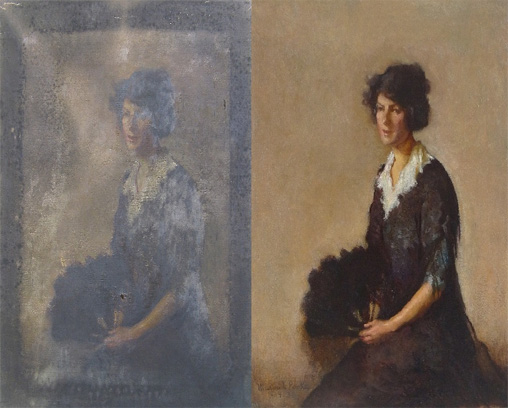
Image Source: wikipedia By Mbboston
Restoring damaged or timeworn masterpieces is a delicate balancing act. The goal is to preserve the artwork for future generations and potentially reveal the artist’s original intent. However, restoration can also trigger fierce debate and controversy. Sometimes, restoration attempts are criticized for going too far, potentially altering the artwork’s character or historical significance. Other times, conservationists are accused of doing too little, leaving masterpieces to deteriorate further. The restoration of iconic works often sparks important conversation about how we preserve and value cultural heritage.
10. Secrets Hidden in Plain Sight: Unveiling Symbolism in Art
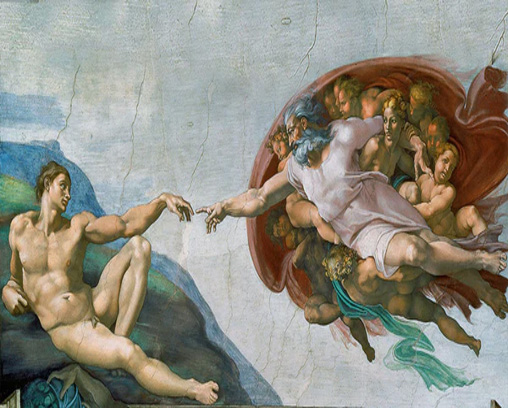
Many masterpieces, especially those from the Renaissance and earlier periods, are filled with hidden details and symbols that only experts know how to decipher. These symbols can provide clues about the painting’s meaning, the artist’s intentions, or significant social and cultural themes of the time. For example, a specific flower in a painting might represent a religious virtue, or the placement of figures could suggest political allegiances. Unraveling this symbolism adds an incredibly rich layer to the way we experience art. It’s like a secret code that turns a beautiful picture into a puzzle waiting to be solved.
11. Critics Can Be Wrong: When Hated Art Becomes Beloved
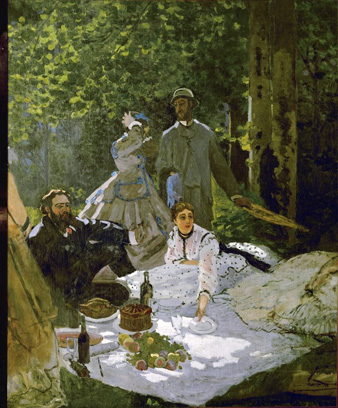
The art world is full of surprises, and one of the biggest is how drastically critical opinion can change over time. Many artworks that are now considered invaluable treasures were initially panned by critics and art lovers when they first appeared. Impressionist painters like Claude Monet and Edgar Degas were initially mocked for their loose brushstrokes and focus on everyday scenes. Today, their work is celebrated for its revolutionary style and its ability to capture fleeting moments of light and color. Similarly, Vincent van Gogh received little recognition for his bold artwork during his lifetime. It was only after his death that his genius was fully appreciated. This reminds us that the value of art isn’t always immediately apparent, and it can take years, or even generations, for true masterpieces to be recognized.
12. Who Buys All This Stuff? The Mysterious world of Art Collectors

While the media might focus on record-breaking auction prices, the identities of wealthy art buyers often remain shrouded in secrecy. Many collectors choose to remain anonymous for various reasons. They might value their privacy, want to avoid unwanted attention, or have strategic reasons related to bidding and avoiding inflated prices. This anonymity fuels speculation and adds a layer of mystique to the world of high-value art collecting. It raises intriguing questions about who the influential players in the art market are and what motivates them to acquire such expensive treasures.
13. World Events Change Art Prices: When History Impacts the Market
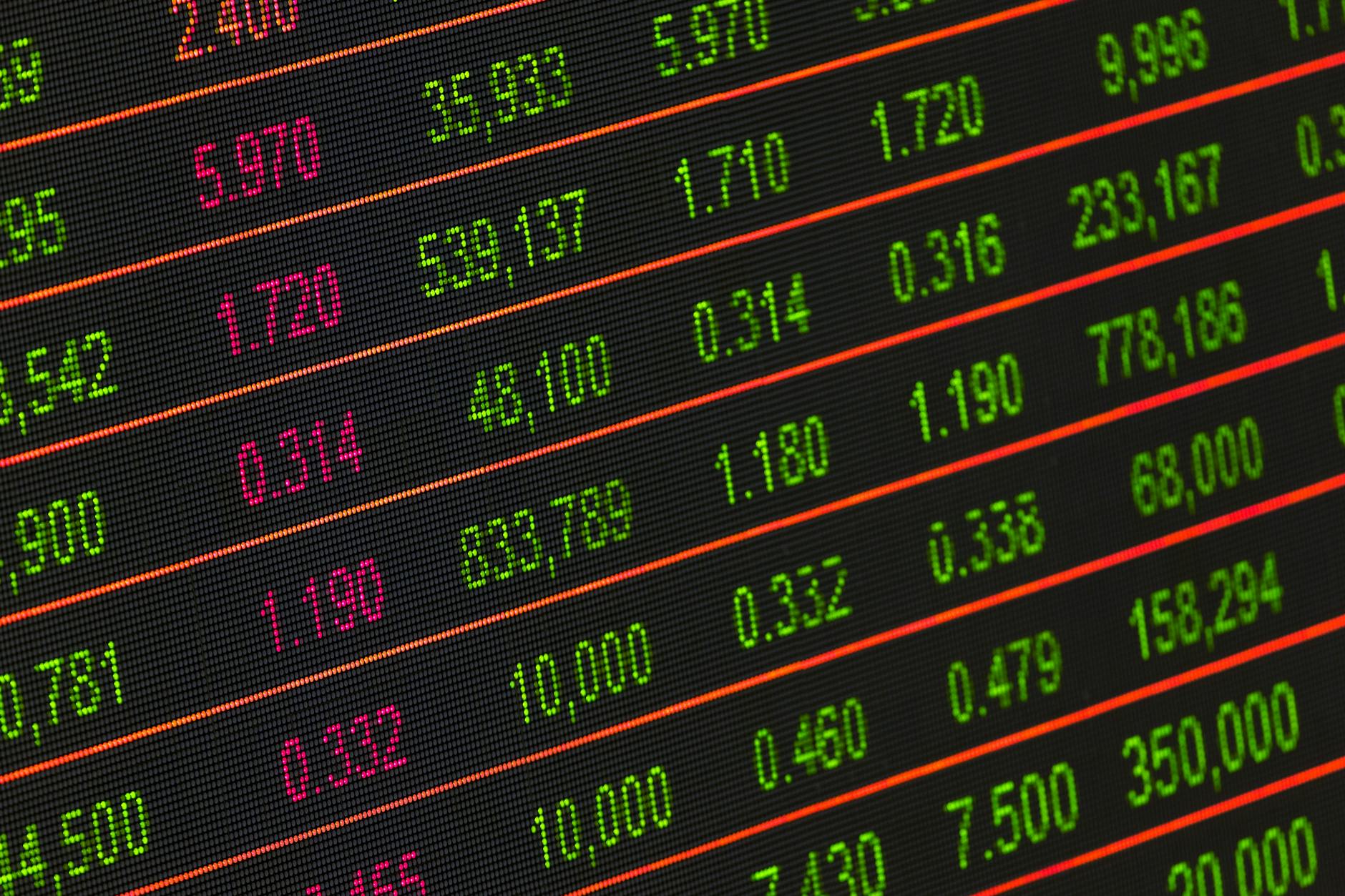
The art market doesn’t exist in a bubble; it’s deeply influenced by global events. Wars, economic upheavals, and political shifts can have a significant impact on how much collectors are willing to spend on art. During times of economic uncertainty, investors might turn to tangible assets like art as a safe haven. Conversely, major conflicts or recessions can cause art prices to plummet as collectors become more cautious or focus their resources elsewhere. Additionally, changes in cultural attitudes towards artistic movements or specific historical periods can fuel new waves of interest and drive up the prices of artworks associated with those movements.
14. Hidden Billionaire Collections: Art Treasures Rivaling Museums
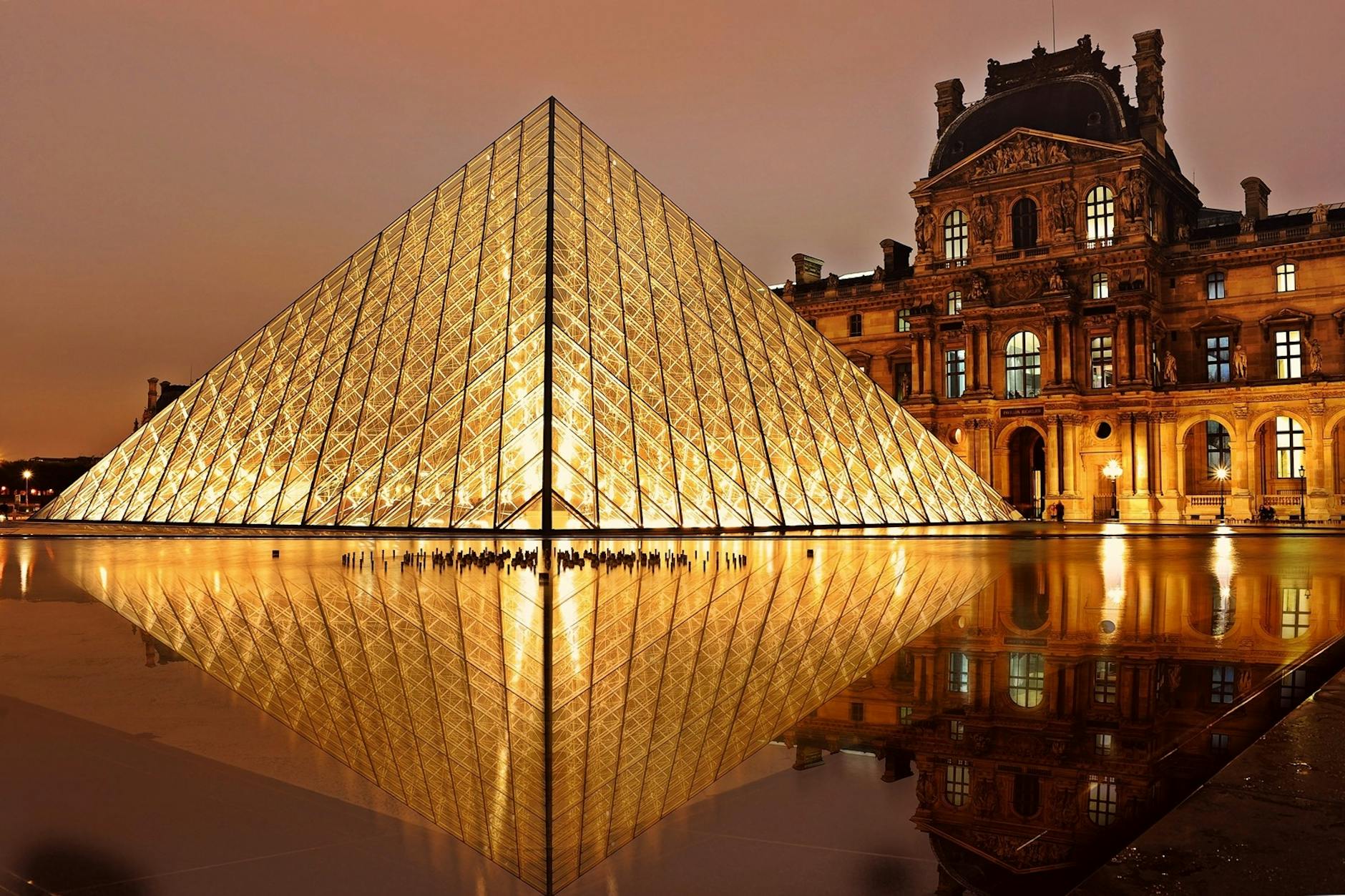
Some of the world’s most impressive art collections are hidden from public view. Wealthy individuals and private foundations can amass astonishing collections that rival even the holdings of major museums. These private collections might contain masterpieces from various periods and historical movements, ranging from ancient artifacts to contemporary cutting-edge works. While inaccessible to the broader public, these collections play a significant role in preserving art history. They also highlight the vast sums of money dedicated to the acquisition of art and the influence these private collectors wield in the art world.
15. It’s Not Just About the Money: Priceless Cultural Legacy
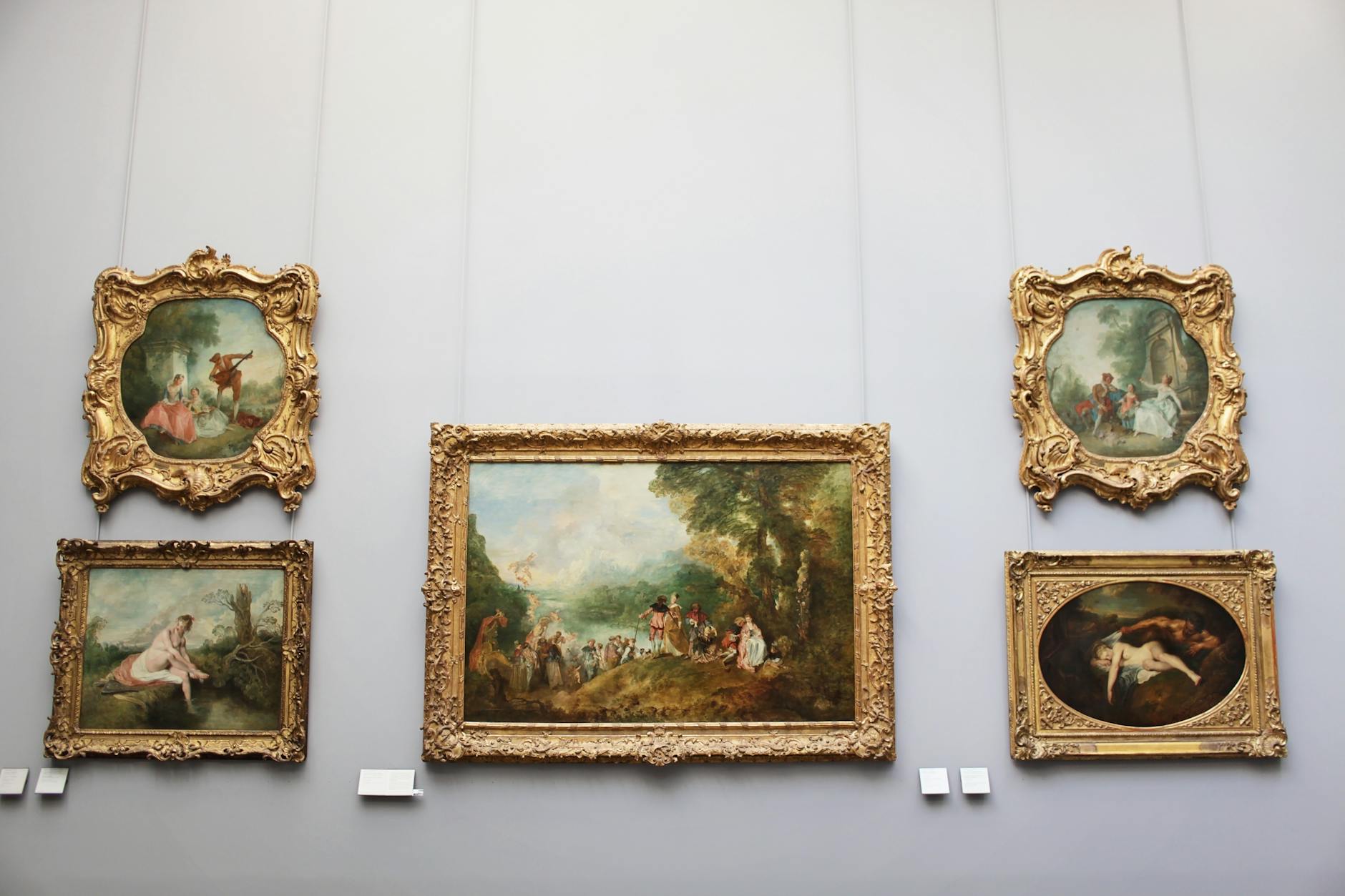
While the astronomical price tags associated with famous artworks might dominate headlines, it’s essential to remember that the true value of art lies far beyond its monetary worth. Masterpieces represent the pinnacle of human creativity, innovation, and expression. They capture stories, emotions, and ideas that transcend time and cultures. Each significant piece of art holds a vital piece of human history. They serve as windows into past civilizations and offer a unique way of understanding different perspectives and ways of life. Therefore, their importance lies in their power to inspire, educate, and enrich our understanding of the world and ourselves.
Conclusion:
The world of high-price art is full of intrigue, surprises, and sometimes even controversy. While the eye-watering price tags might initially grab our attention, there’s so much more to discover. Each famous painting or sculpture carries a unique story—from hidden meanings to daring thefts and changing critical opinions. By exploring these stories, we don’t just learn about art itself but about history, culture, and the ever-shifting nature of value. As we glimpse into the secretive world of collectors and discover the impact of global events on pricing, we realize that the art market is a complex reflection of our human desires, creativity, and the world around us.
15 FAQs ( Frequently Asked Questions):
-
Why are certain artworks so expensive?
Multiple factors can make an artwork incredibly expensive:
Rarity: Original works by famous artists like Leonardo da Vinci are scarce, driving up demand and price.
Historical Significance: Pieces that represent a turning point in art history or capture a pivotal moment in time are highly prized.
Condition and Provenance: Well-preserved artworks with a clear history of ownership command higher prices.
Market Trends: Popular styles and tastes change, impacting what collectors are willing to pay. -
How do they decide how much an artwork is worth?
Art valuation is a complex process considering:
Comparable Sales: Prices of similar artworks by the same artist or from the same period provide reference points.
Expert Opinion: Art historians, appraisers, and dealers assess authenticity, condition, and significance.
Market Demand: Current interest among collectors and potential buyers strongly influences price. -
Can anyone buy expensive art?
Technically, yes, but most high-value artworks are sold at exclusive auctions or through private deals, making access difficult for regular buyers. These pieces often end up in the hands of wealthy collectors, institutions, and museums.
-
What happens to artworks that get stolen?
Stolen masterpieces are challenging to recover. They could be:
Hidden away for years, waiting for attention to die down.
Sold on the black market with forged documentation.
Sadly, sometimes destroyed if thieves can’t sell them. -
Is buying expensive art a good investment?
Like any investment, art carries risks. While some artworks appreciate over time, others might decrease in value. It’s essential to do extensive research and consult with experts before investing significant sums in art.
-
Is expensive art always “good” art?
Not necessarily. High price doesn’t always equal artistic quality. Factors like marketing, trends, and the prestige attached to certain names can inflate an artwork’s price beyond its actual artistic merit.
-
How can I learn more about the stories behind famous artworks?
There are many great resources to delve deeper:
Museum Websites and Audio Guides: Offer detailed analysis and historical context for their collections.
Art History Books and Documentaries: Provide broader knowledge about artistic movements and significant artists.
Reputable Online Art Databases: Allow you to research specific artworks and discover interesting facts. -
Does expensive art have to be old?
Absolutely not! While historical masterpieces often dominate the list of most expensive works, contemporary artists can also command incredibly high prices. Artists like Jeff Koons and Damien Hirst have sold their works for millions of dollars.
-
Are there ethical concerns about buying and selling expensive art?
Yes, there are some key ethical considerations:
Money Laundering: The art market needs stricter regulations to prevent the use of art sales to hide illegal money.
Origin and Ownership: It’s crucial to ensure artwork isn’t stolen or looted, especially antiquities from other cultures.
Accessibility: Some argue that the concentration of masterpieces in private hands limits public access to important cultural heritage. -
Where can I see expensive artworks in person?
Major Museums: Institutions like the Louvre, the Metropolitan Museum of Art, or the British Museum hold priceless collections.
High-End Auction Previews: Previews before major auctions often allow the public to view artworks up for sale.
Exclusive Art Fairs: Fairs like Art Basel showcase a wide range of contemporary and historical art, including high-value pieces. -
Can I tell if an expensive artwork is a fake?
Unfortunately, it’s not always easy for the untrained eye. Art forgeries can be incredibly sophisticated. That’s why experts use techniques like:
Analyzing materials and brushwork for consistency with the artist’s known techniques
Researching provenance (the artwork’s ownership history) to identify any gaps or suspicious sales
Using scientific methods like x-rays or pigment analysis to reveal hidden layers or inconsistencies. -
How can I protect my art collection, even if it’s not super expensive?
Taking precautions is always wise, regardless of the monetary value of your collection:
Insurance: Get specialized art insurance to cover loss, theft, or damage.
Documentation: Take photos, keep receipts, and maintain detailed records of your artworks.
Climate Control: Store artwork in temperature and humidity-controlled environments to prevent deterioration.
Security: Consider alarms and other security measures if you own valuable pieces. -
Are there more affordable ways to enjoy art?
Absolutely! You don’t have to break the bank to appreciate great art:
Local galleries and art shows: Discover emerging artists and find unique pieces at more accessible prices.
Prints and reproductions: High-quality reproductions let you enjoy masterpieces in your own home.
Public Art: Many cities have sculptures, murals, and installations in public spaces for everyone to enjoy freely.
Online resources: Museums and art websites offer extensive digital collections to explore. -
What’s the most controversial aspect of high-price art?
There are several points of debate:
Focus on Money: Some argue the excessive focus on price overshadows the artistic value itself.
Market Manipulation: Concerns exist about artificial inflation of prices through speculative purchases or undisclosed deals.
Inequality: The concentration of masterpieces in a few wealthy hands raises questions about access and cultural elitism. -
Can the average person have an informed opinion about expensive art?
Absolutely! With a little curiosity and research, anyone can develop their appreciation for art.
Read and Learn: Books, websites, and documentaries provide a foundation in art history and different styles.
Visit Museums and Galleries: Experience art in person.
Develop Your Eye: The more you look at art, the more nuanced your understanding and taste will become.




